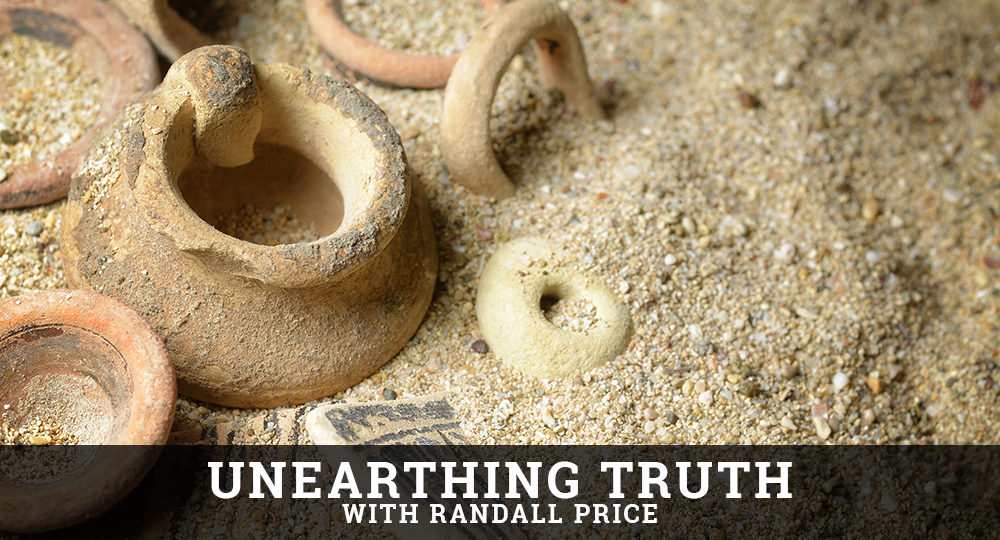Noah’s Ark—Fact or Fiction?
About 20 years ago, the news media reported on the search for the remains of Noah’s ark. In an interview on the subject, a professor of Old Testament at a liberal Christian university quipped that people will find Noah’s ark about the same time they find “Jack’s beanstalk.” The professor obviously believed the biblical flood was a fairytale.
Evangelical scholars disagree on whether the global flood actually happened. Some believe geology disproves the biblical account. Others believe the discovery of comparative Ancient Near Eastern (ANE) accounts discredits the biblical story and reveals the Bible either borrowed a local myth or created its own version of the event.
However, scores of professional geologists hold to a biblical, universal flood; and many scientific creationist organizations defend this position online and in books and articles. Furthermore, an honest examination of ANE literature actually attests to the historicity of the Genesis record.
First-century, Jewish historian Flavius Josephus observed, “This flood and the ark are mentioned by all who have written histories of the barbarians. Among these is Berosus the Chaldean…Hieronymus the Egyptian, author of the ancient history of Phoenicia, by Mnaseas and by many others…this might well be the same man of whom Moses the Jewish legislator, wrote.”1
Josephus’ statement provides evidence from antiquity that the flood narrative was not only known to the ancients, but was also widely circulated. A modern survey of cultures and beliefs reveals a flood account in as many as 213 societies.
Limiting our focus to the Ancient Near East, we find numerous flood narratives in ancient texts, such as the Eridu Genesis (2150 BC), the Sumerian King List (2119 BC), the Instructions of Shuruppak (2100 BC), the Simmonds Cuneiform Tablet (1900–1700 BC), The Epic of Atra-Hasis (1635 BC), and The Epic of Gilgamesh (1150 BC).
These accounts contain details like those found in Genesis: a divine threat to destroy humanity, one man’s choice to preserve the animals, the building of an ark, animals coming two-by-two, the ark’s landing on a mountain, the sending out of birds to determine if the waters had receded, and worship through sacrifice after departing the ark.
Though ANE accounts share some similarities with the Genesis record, they also differ markedly in other areas, such as the size of the ark and duration of the flood. The ANE stories even differ from one another, indicating the flood tradition was transmitted in the same way as other ancient stories.
Most of the ANE flood accounts predate the biblical account, leading some critics to suggest the Bible copied pagan myths and incorporated them into Scripture. But the biblical narrative clearly reads as good history and is absent of pagan concepts. Myths become more mythical over time, not more historical. Therefore, the biblical account could not have arisen from these myths.
Rather, the pagan stories and the biblical account come from a common history that was later adapted, abridged, and modified according to the distinct culture and religion.
The history of the flood tradition proves yet again how archaeology attests to the historicity of Genesis, and—for that matter—the New Testament, since Jesus used the judgment of the flood as evidence for the future judgment at His Second Coming (Mt. 24:37; Lk. 17:26).
ENDNOTES
- Flavius Josephus Antiquities of the Jews 1.3.6.








